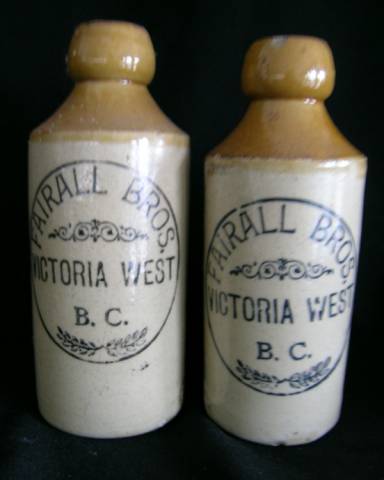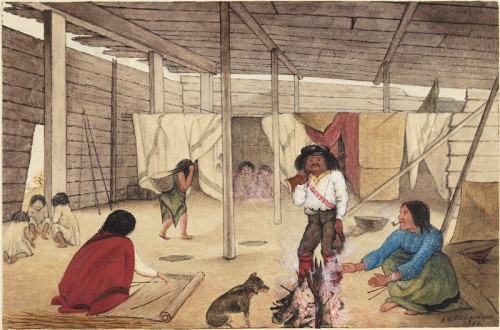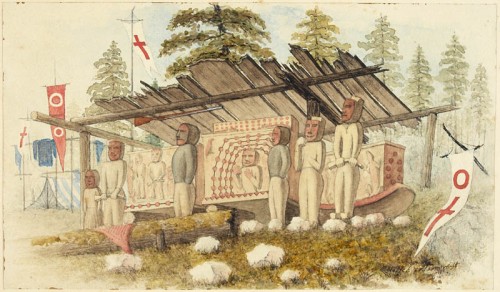While perhaps best known for having an excellent espresso machine within arm’s reach of his office recliner, UVIC’s own Dr. Brian Thom also runs the Anthropology Department’s Ethnographic Mapping Lab. One recent creation of this lab is a project to incorporate panoramic, scrollable photos and expository text of certain Coast Salish cultural landscapes into Google’s street view (Brian has been working on several cool projects with Google’s sponsorship and assistance.) This is a cool example of applied community-based research brought to the public eye in a sensitive manner. Continue reading
Click for RSS feed
-
Join 819 other subscribers
Random Post
Archives
April 2024 M T W T F S S 1 2 3 4 5 6 7 8 9 10 11 12 13 14 15 16 17 18 19 20 21 22 23 24 25 26 27 28 29 30 Recent Comments
Cynthia on La Brea Woman: Image Cont… Consort Plastics 2.0… on Brainstorming beads Emma F on Photos of Victoria and Esquima… A field guide to Was… on The Skagit River Atlatl Kevin on Arborglyph Delaney on Arborglyph 
Snaps While Kayaking… on D’Suq’Wub: Old Man House… Michael D on Environmental Archaeology of t… iain on Coast Salish “Woolly Dog… Stephanie Peterson M… on Coast Salish “Woolly Dog… iain on Coast Salish “Woolly Dog… 
Suquamish traditions… on A Coast Salish Mausoleum,… Dea on La Brea Woman: Image Cont… Lloyd neet on Anchor Stones Tony on Keatley Creak Most viewed posts in last few days
- Sally Binford
- La Brea Woman: Image Controversy
- The Wreck of the Kad'yak
- Aboriginal Bridges of Northwestern B.C.
- Haida stone carving from Chumash Territory, California?
- Burnt Embers blog: Oak Bay Cairns Mark Songhees History
- Anchor Stones
- A Coast Salish Mausoleum, 1864
- Tree Burials at Tsaxis
- Two Views of Double-Headed Eagles
Follow on Twitter
Northwest Links
- ASBC
- ASBC (Facebook)
- ASBC Victoria
- Association for Washington Archaeology
- Association of Oregon Archaeologists
- BC Archaeology Branch
- BC Archives Search
- BCAPCA
- Bill Reid Centre
- Brian Thom’s Coast Salish Page
- Canadian Archaeology 14C Database
- Clam Garden Network
- Dan Leen's NW Coast Petroglyph Page
- Digital archives – Alaska
- Hakai Institute
- Madonna Moss Blog
- Millennia's Blog
- Native Alaska Collections
- NewsWARP
- Northwest History
- Oregon Archaeology
- PDFs from AMNH
- PSU Blog
- Sealaska Blog
- SFU XRF
- Shelby Anderson Blog
- The Par-Tee Site (Oregon)
- Tla'amin-SFU Archaeology Project
- UBC xwi7xwa Library
- Underwater Archaeological Society of BC
- Virtual Meier Site
- Virtual Xa:ytem
- Voices of the Snuneymuxw First Nation
- Washington State Archaeology Field Guide (PDF)
- Washington State Archaeology Office
- West Point Site, Seattle
Northwest People
- Ackerman, Robert
- Ames, Ken
- Anderson, Shelby
- Angelbeck, Bill
- Archer, David
- Arnold, Jeanne
- Augustine, Skye
- Bell, Lucy
- Blake, Mike
- Boxberger, Daniel
- Boyd, Robert
- Brauner, David
- Burchell, Meghan
- Butler, Virginia
- Byram, Scott
- Campbell, Sarah
- Cannon, Aubrey
- Carlson, Keith
- Carlson, Roy
- Chisholm, Brian
- Clague, John
- Clark, Terence
- Connolly, Tom
- Coupland, Gary
- Crockford, Susan
- Croes, Dale
- Cruikshank, Julie
- Cybulski, Jerome
- Davis, Loren
- Deur, Douglas
- Dixon, Jim
- Driver, Jon
- Easton, Norm
- Eldridge, Morley
- Ewonus, Paul
- Fedje, Daryl
- Fitzhugh, Ben
- Fladmark, Knut
- Frederick, Gay
- Gilsen, Leland
- Graesch, Anthony
- Grier, Colin
- Hanson, Diane
- Harkin, Michael
- Hayden, Brian
- Heaton, Tim
- Hebda, Richard
- Hill, Genevieve
- Huelsbeck, David
- Jenkins, Dennis
- Keddie, Grant
- Kooper, Kory
- La Salle, Marina
- Lacourse, Terri
- Lepofsky, Dana
- Losey, Robert
- Lutz, John
- Lyons, Natasha
- Marshall, Yvonne
- Martindale, Andrew
- Mathewes, Rolf
- Mathews, Darcy
- McIlwraith, Tad
- McKechnie, Iain
- McLaren, Duncan
- McMillan, Alan
- Menzies, Charles
- Miller, Bruce
- Morin, Jesse
- Moss, Madonna
- Muckle, Bob
- Muir, Robert
- Nadasdy, Paul
- Nicholas, George
- Orchard, Trevor
- Peacock, Sandra
- Pokotylo, David
- Prentiss, Anna
- Rahemtulla, Farid
- Reimchen, Tom
- Reimer, Rudy / Yumks
- Salomon, Anne
- Schaepe, David
- Seymour, Brian
- Smith, Nicole F.
- Speller, Camilla
- Stein, Julie
- Stueber, Dan
- Supernant, Kisha
- Thom, Brian
- Turner, Nancy
- Tushingham, Shannon
- Ward, Brent
- Welch, John
- Wickwire, Wendy
- Wigen, Becky
- Wilson, Doug
- Yang, Dongya
- Yellowhorn, Eldon
- Yesner, David
Other Blogs & Sites
- alaska anthropology Archaeological Society of BC Archaeological Society of British Columbia Archaeology archives argillite art artifacts ASBC british columbia canoes clovis CMT Coast Salish conservation CRM Cultural Resource Management Esquimalt ethnohistory First Nations first peopling fish fishing fish traps fish weirs Fraser River Gulf Islands Haida Haida Gwaii Heiltsuk historical archaeology history household archaeology Intertidal Kilgii Gwaay Makah maps museums Northwest Coast Nuu-chah-nulth Oregon organic technology palaeoenvironment palaeontology petroglyphs pictographs pleistocene pre-clovis Public Archaeology Puget Sound RBCM repatriation rock art Royal BC Museum Salish Salish Sea salmon sculpture Seattle SFU Songhees southeast alaska Straits Salish tlingit ubc underwater archaeology uvic Vancouver Vancouver Island Victoria BC Washington State waterlogged sites wet sites zooarchaeology

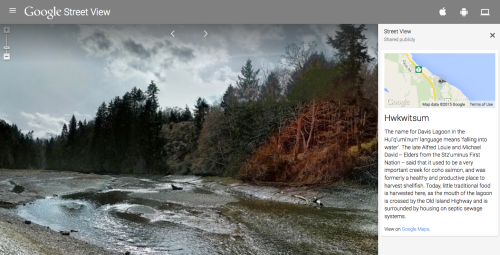
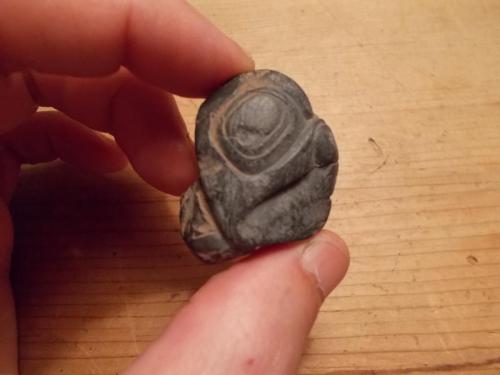


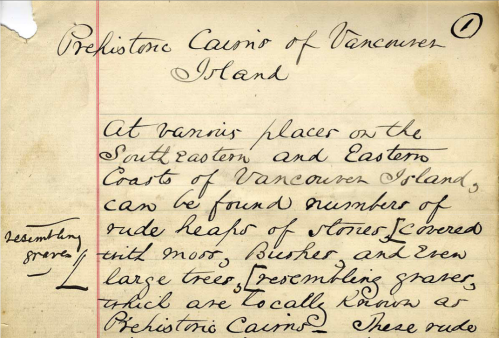

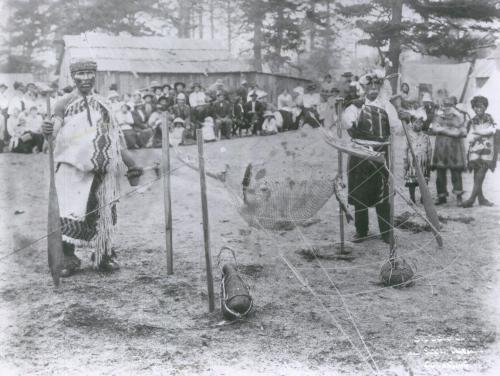
![The giant of Happy Valley Esquivalt(?) [sic]. Sent to Professor Flower at Nat Hist Mus and returned to the owner Left McCallum. Source: British Museum.](https://qmackie.com/wp-content/uploads/2014/10/happy-valley-face.jpg?w=500&h=796)
